Skip counting is counting forward or backwards by a number other than 1. When skip counting a specific number of places are skipped over in a counting sequence. To forward skip count means to add the same number in a forward direction. To backward skip count means to subtract the same number in a backward direction.
Learning to skip count allows students to count quickly and recognise numbers in equal groups. Confident skip counting helps students count money, tell time, and understand multiplication and division.
Room 13 practised their skip counting in 5’s skills while having fun. These activities included counting blocks, singing songs, reading stories, playing games, making tallies, writing sequences, and using number lines and 100’s boards.
When we do the counting in 5's, dancing helps me because putting my hand forwards helps me to remember I need to add five to the last number.
When I am counting in 5’s on the abacus I can count to 100.
Whenever I get up to 200 counting in 5’s and then write them down I can get confused. I will keep on practising and writing them down and think about the hundreds, tens, and ones columns.
When I am counting to 5’s on the 100s board I can see a pattern. The numbers all end in a 5 or a 0.
As the Olympic Games were being held, Room 13 kept a tally of the medals won by the U.S.A, New Zealand and the Philippines. We did the same for the Paralympics. This was a practical way of practising counting in 5’s.
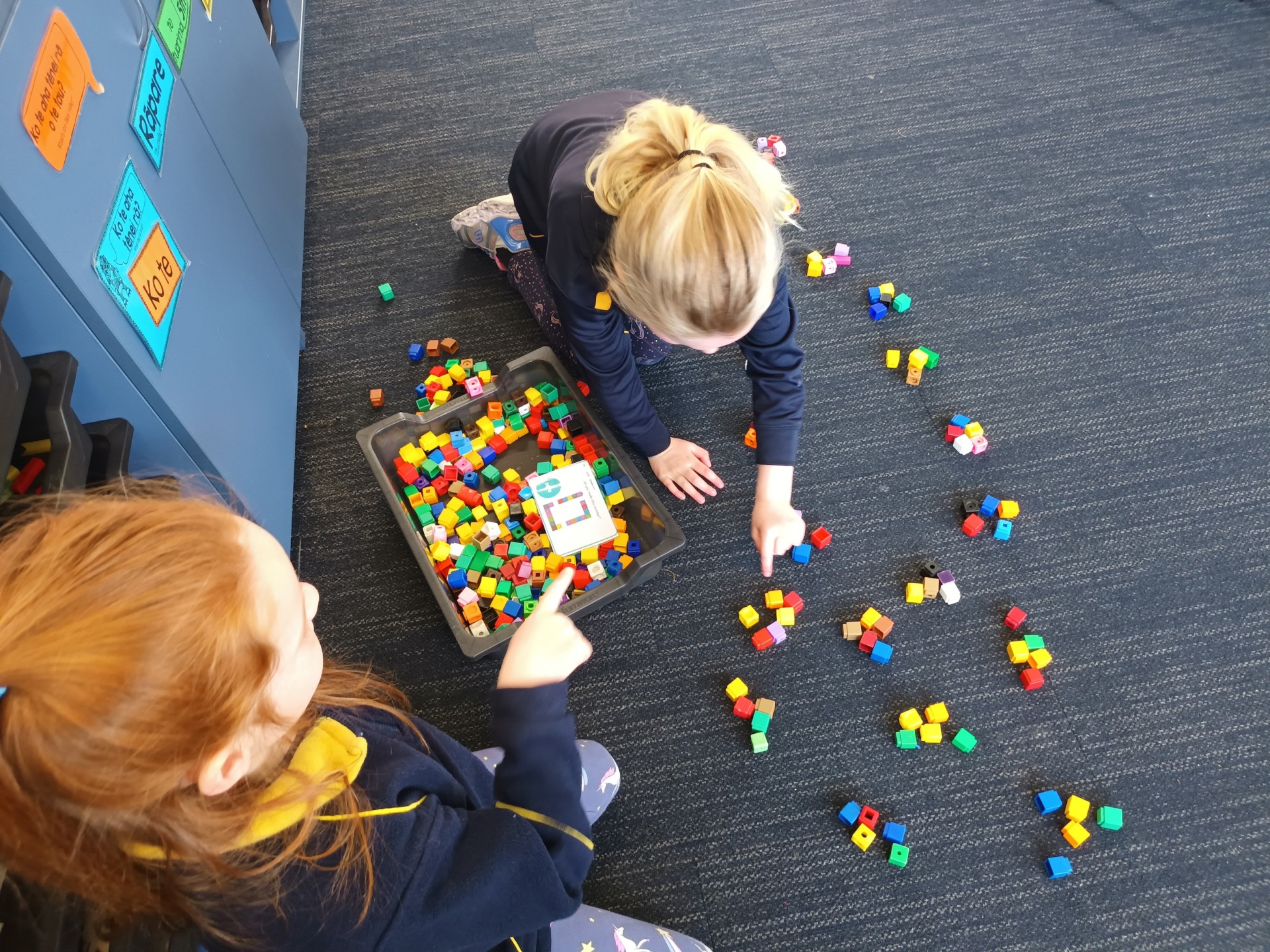
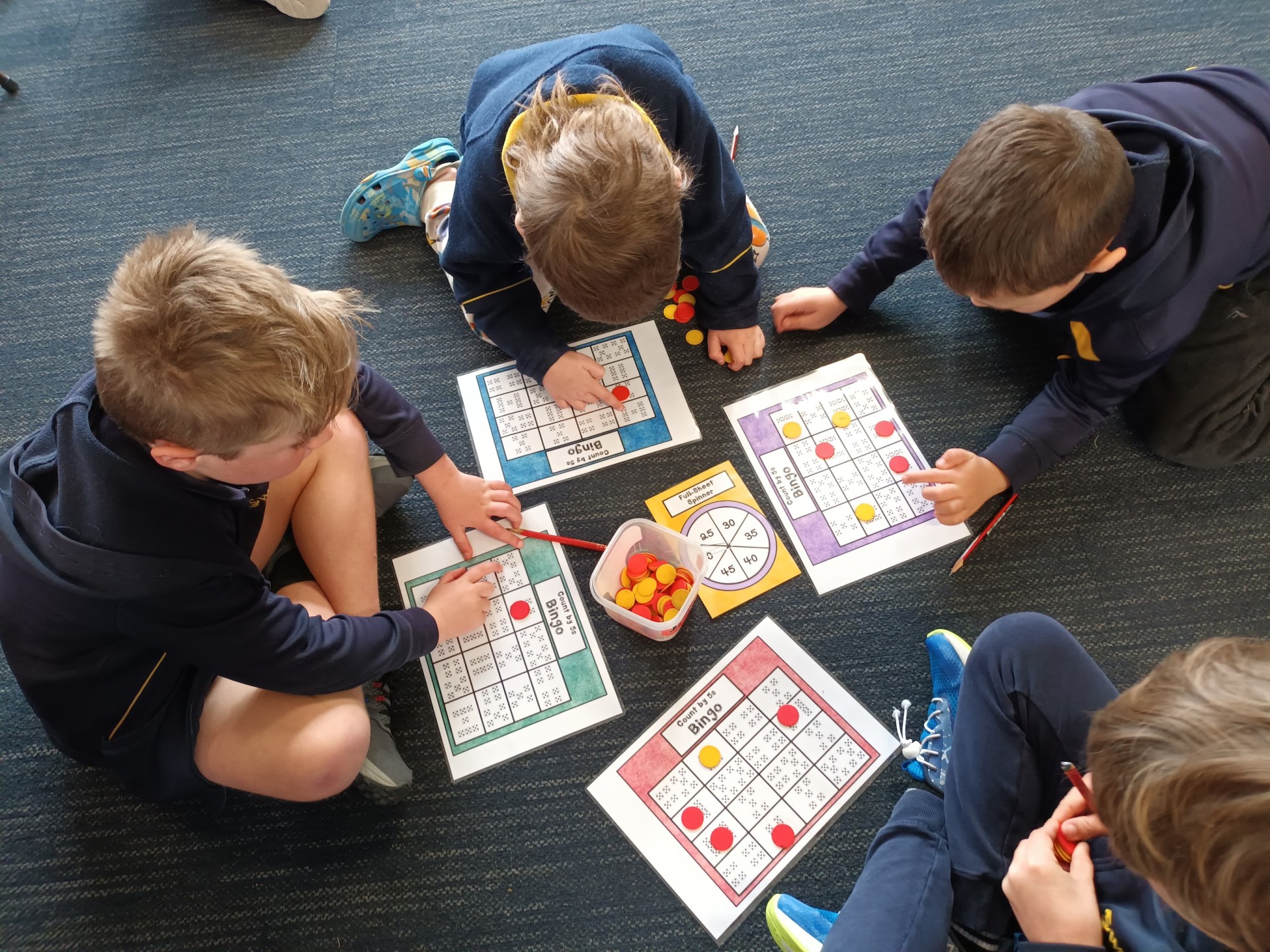
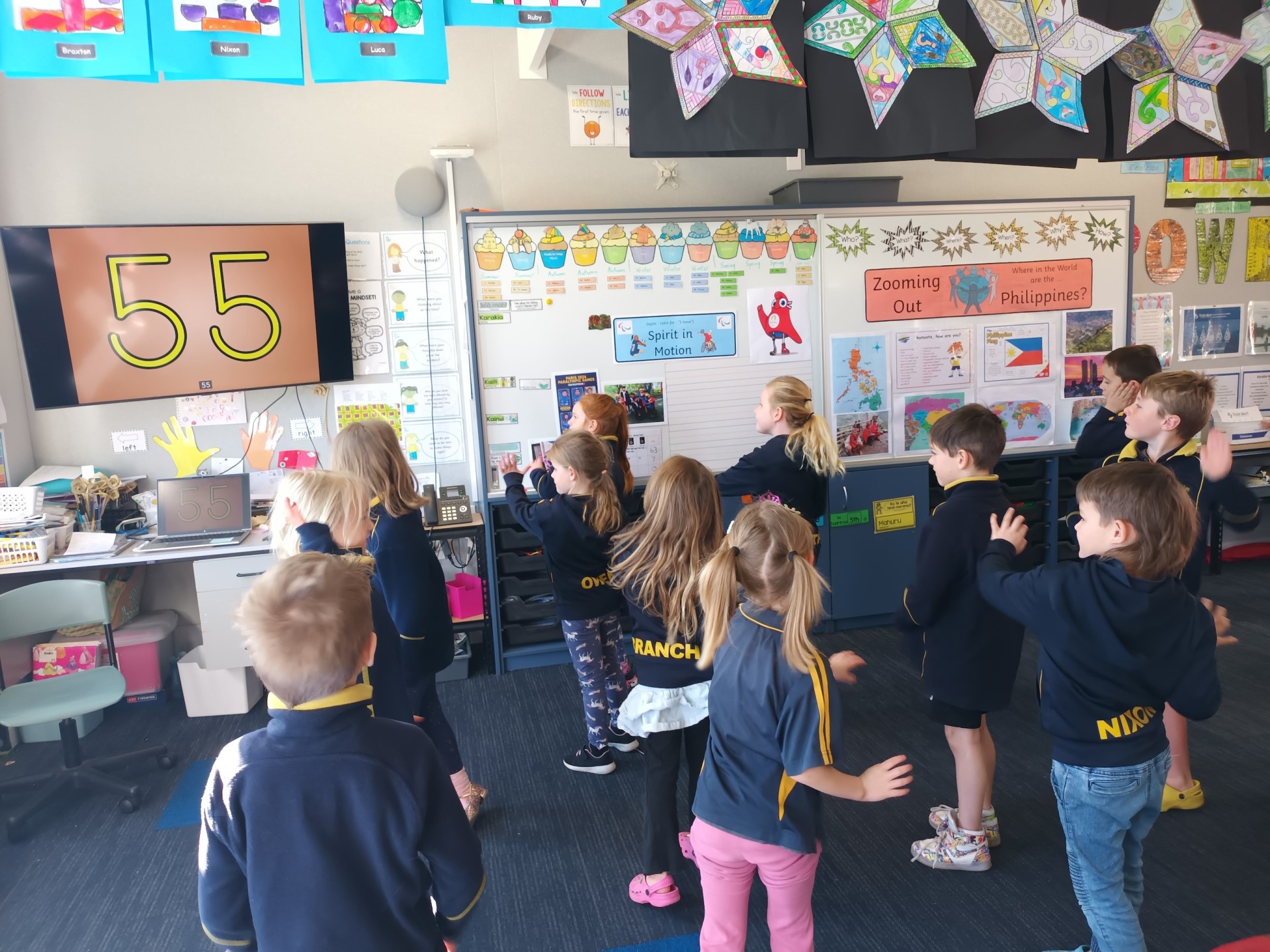
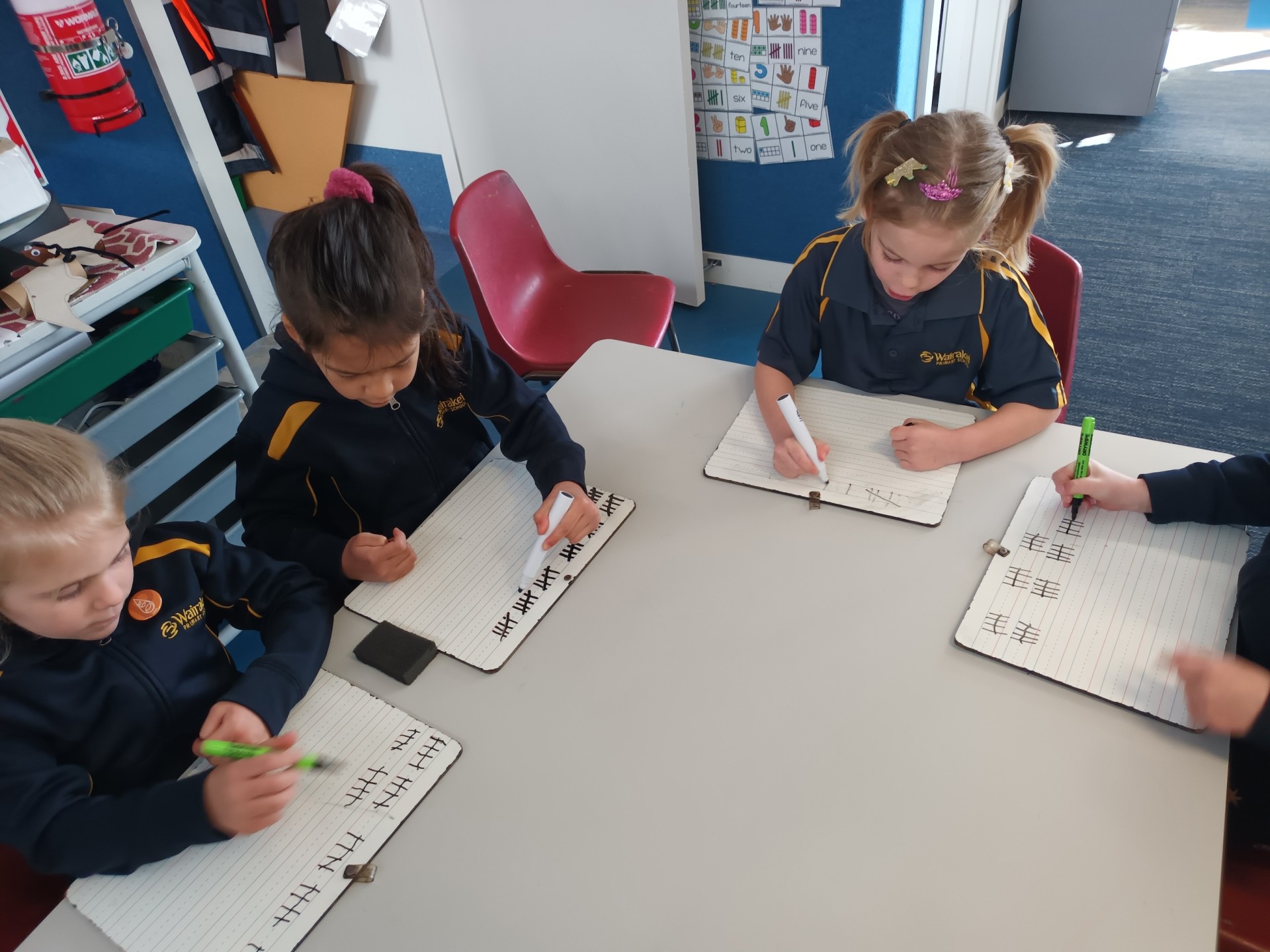
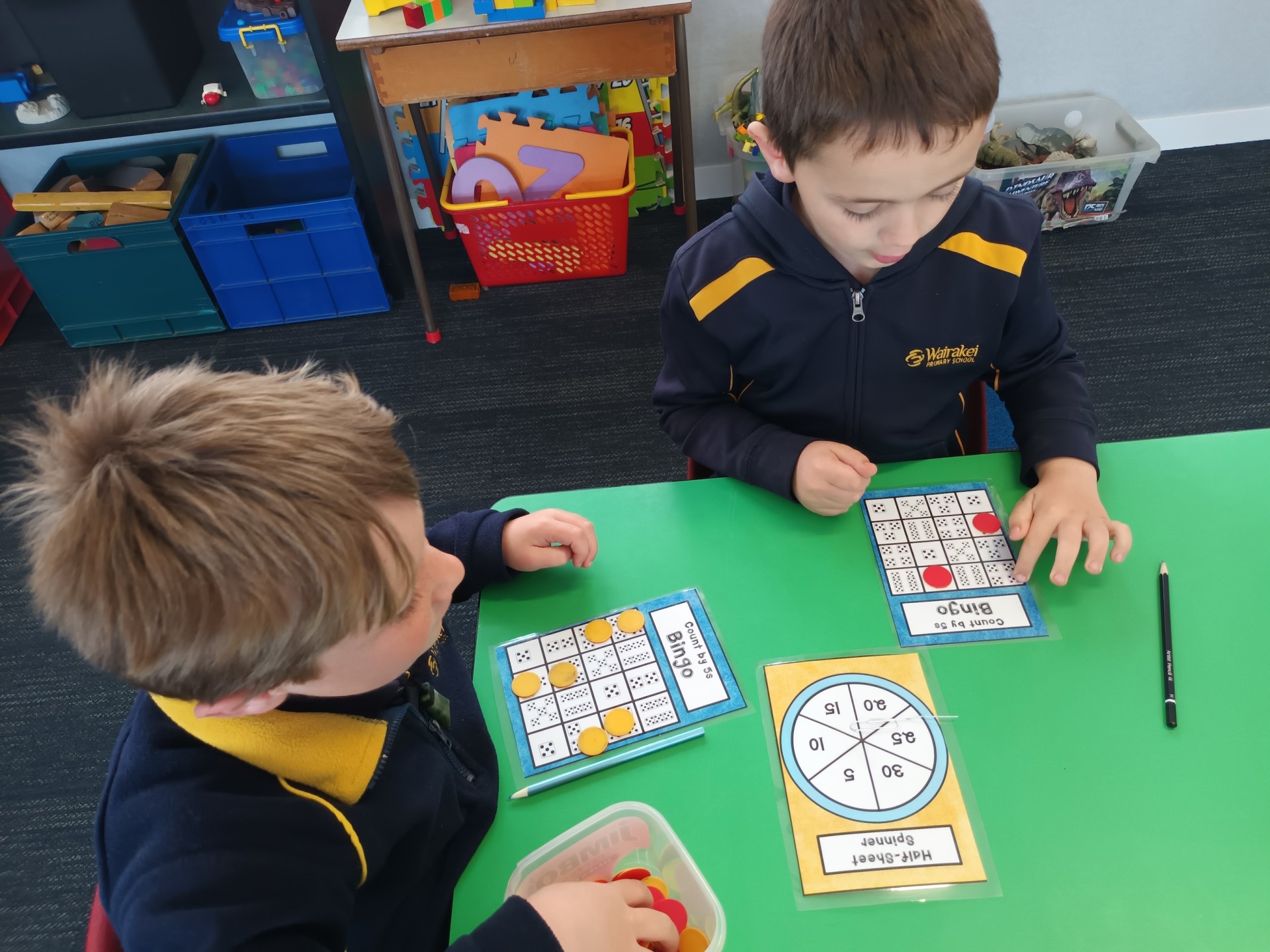
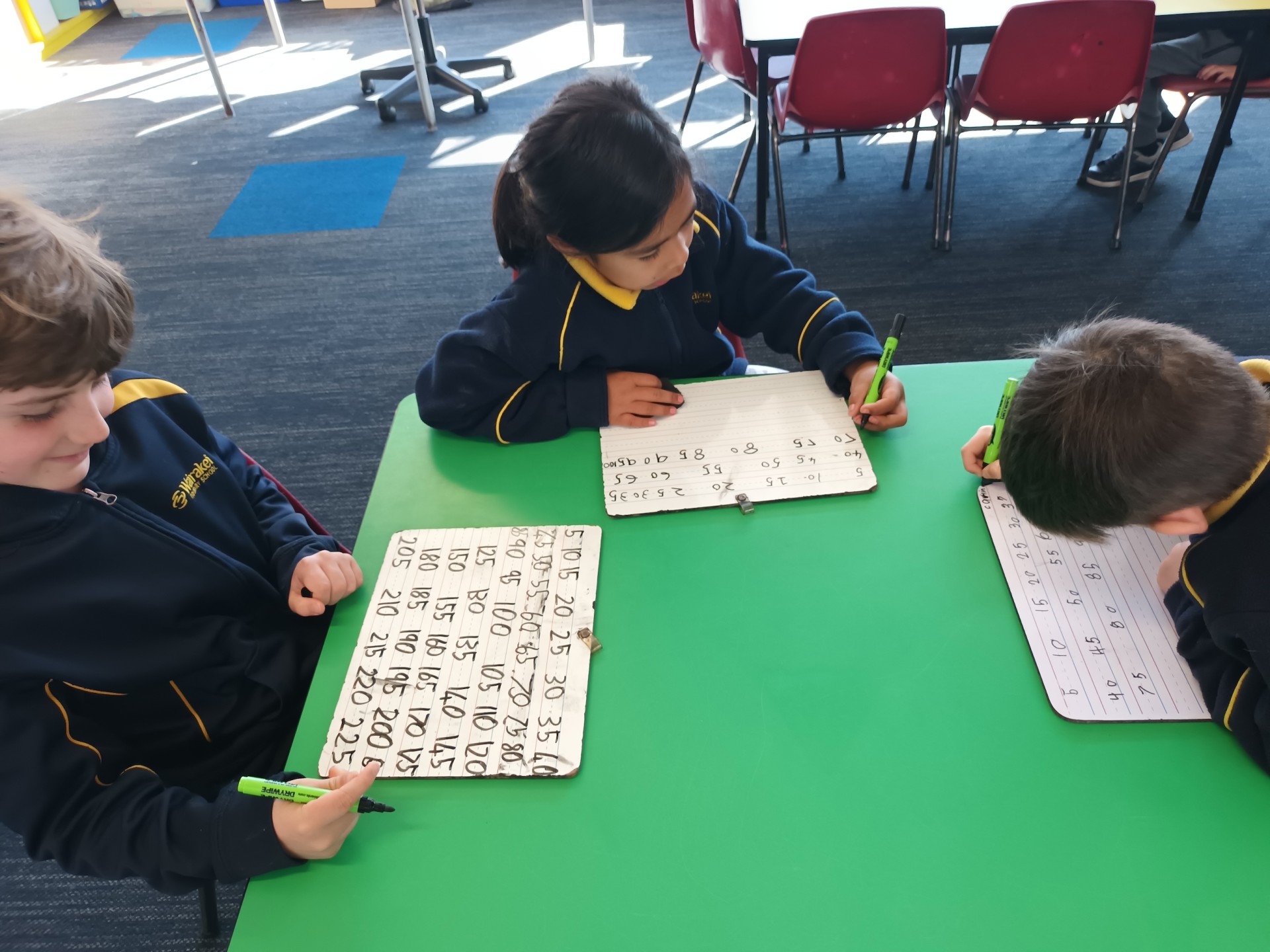
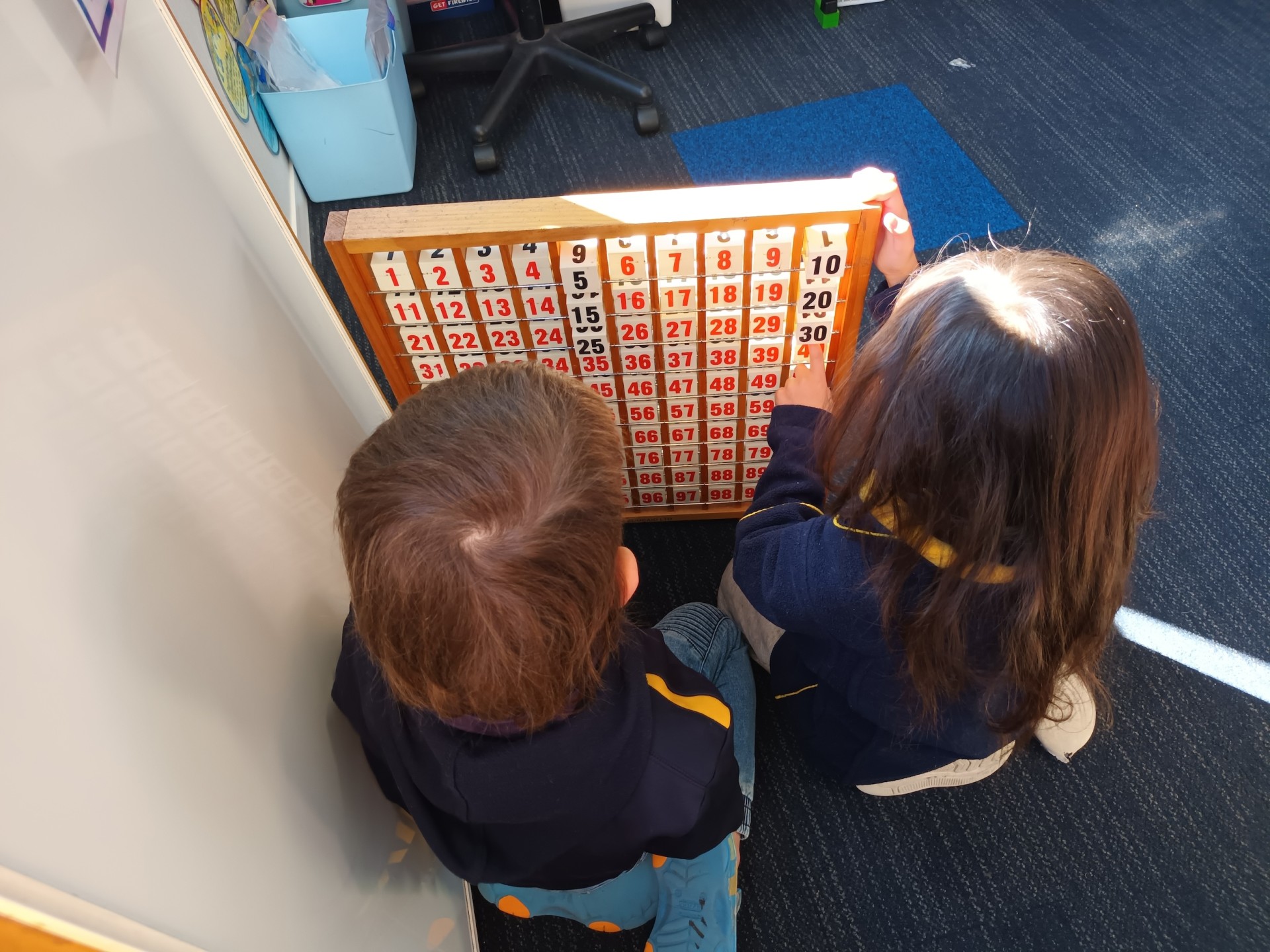
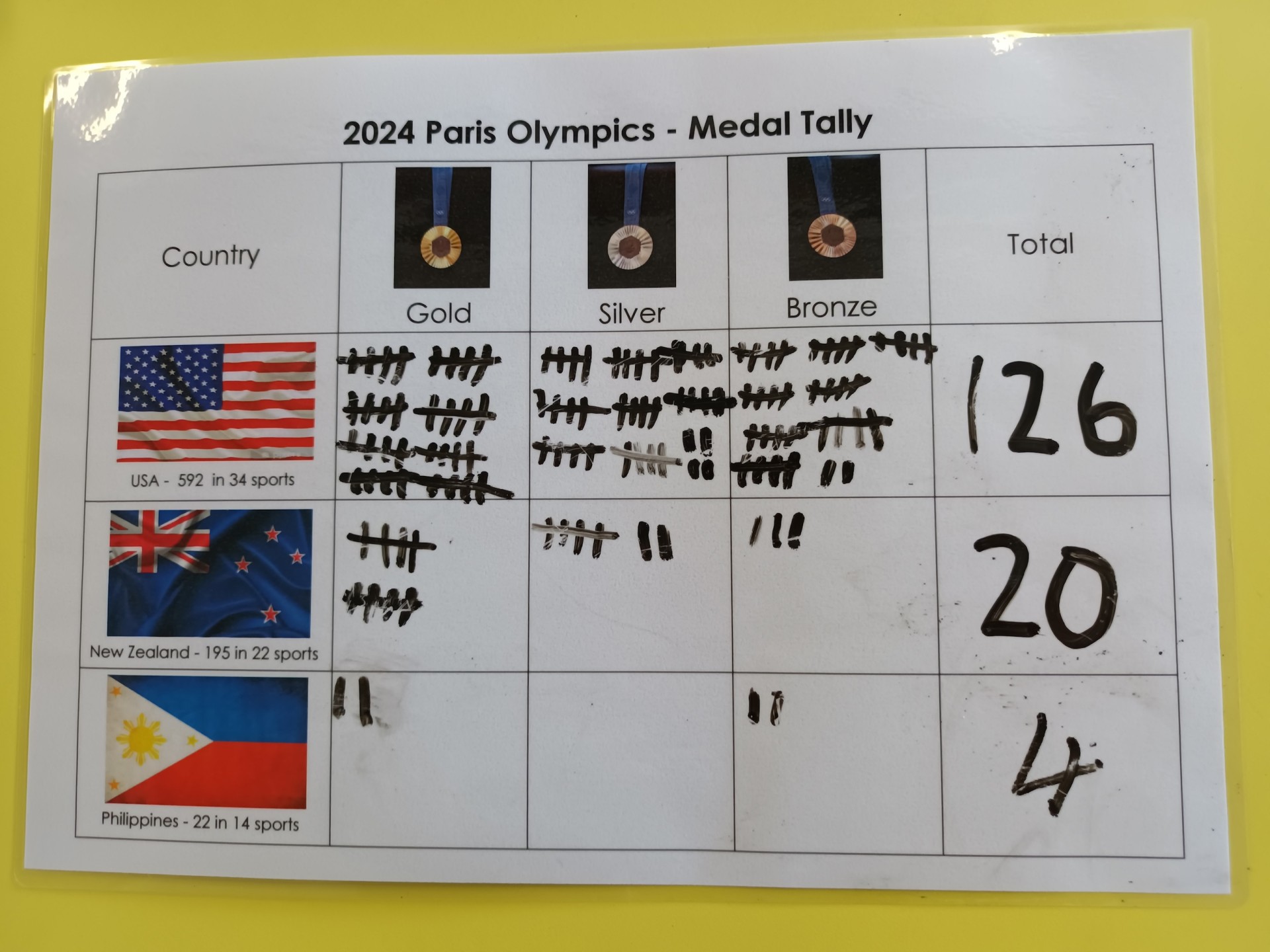
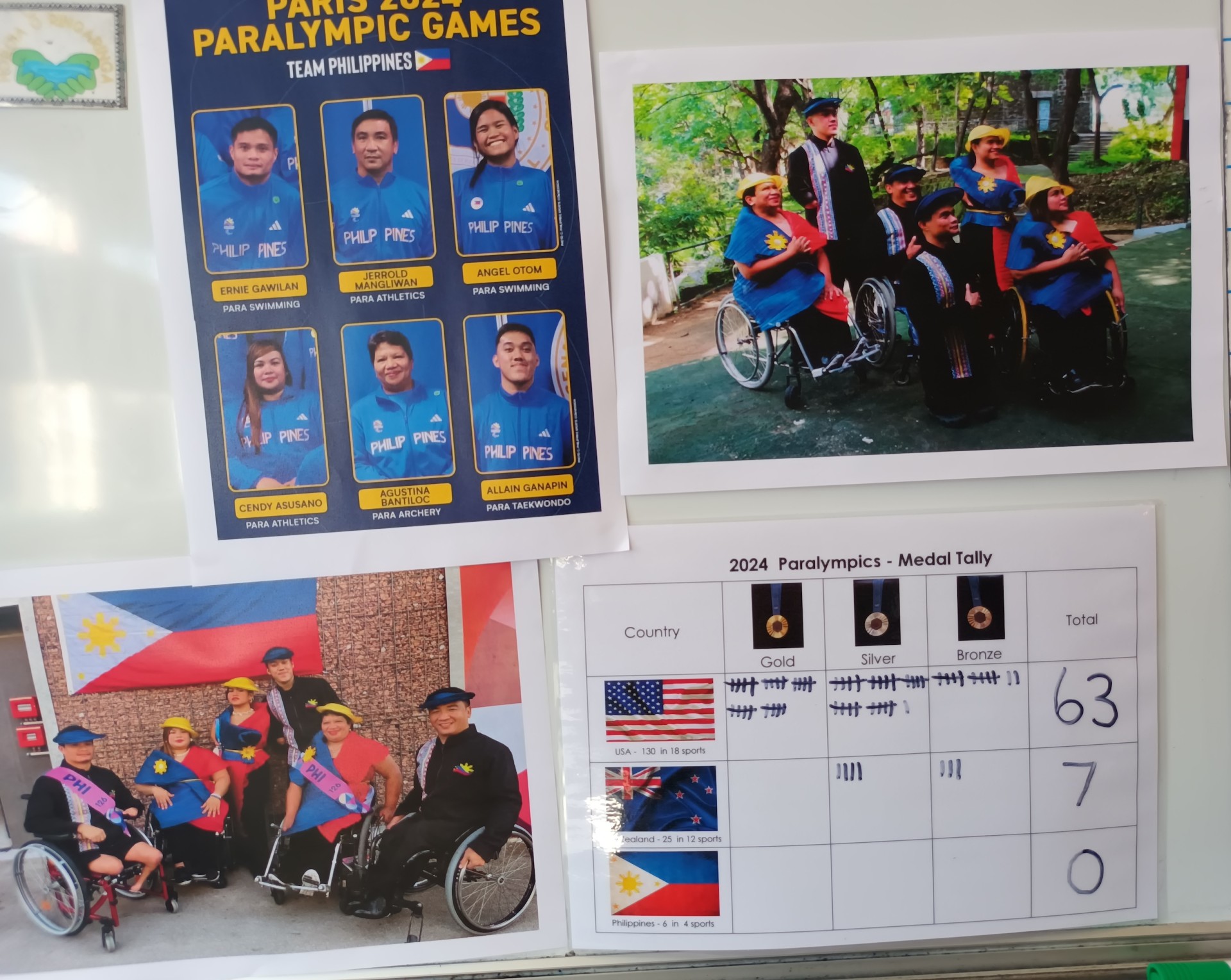


Comments
No one has commented on this post yet.